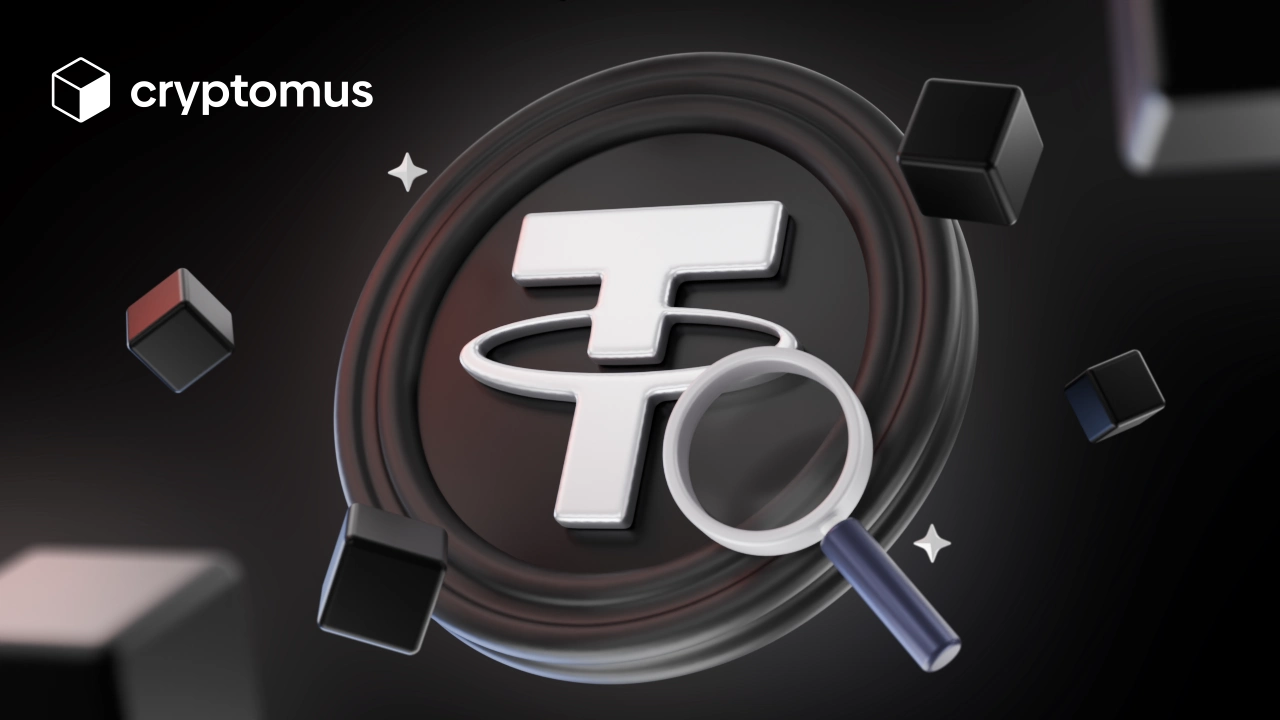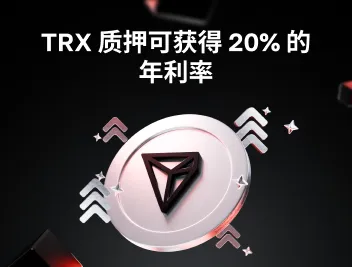
稳定币的类型
数字资产迅速发展,跟上它们的步伐可能很困难——无论是具有新用例的加密货币,还是人工智能代币。稳定币是每种货币以飞跃的步伐提升的直接证明。本指南将深入研究它们的历史,并从不同的角度审视不同类型的稳定币。
什么是稳定币?
如果您已经接触过数字市场,您可能熟悉这个术语。
稳定币*是指其价值直接与货币、商品或等值金融工具挂钩的代币。然而,每种虚拟货币使用不同的方法来维持其稳定性。重要的是要注意,代币与基础资产的挂钩作为价值的来源,因为这有助于分散与许多加密货币相关的整体风险。这是在应对整体波动性和特别是解决其整体价值剧烈波动的关键步骤。
开发者通常选择美元作为最受欢迎的挂钩。这是因为没有比美元更重要的货币在全球经济中。它的世界储备货币地位赋予了它良好的声誉,并为价值确定提供了一种可靠的方法。目前,加密市场上最流行的稳定币是与美元挂钩的稳定币:USDT和USDC。
实际上,稳定币在某种程度上是加密货币世界的革命者。围绕数字资产的许多讨论集中在对价格快速波动的消极看法上,这导致人们对虚拟资金投资的误解,认为它们是危险的。这些代币旨在解决这个长期问题,并以一种更稳定的方式运行。总体而言,稳定币包括受担保的、法定货币担保的、加密担保的、算法的和去中心化的类别。接下来,我们将更详细地探讨每一种。
担保型与非担保型稳定币
我们先从担保型稳定币开始。基本上,它们通过使用其他资产的储备来维持其价值。担保型稳定币通过法定货币、商品或加密货币等资产来支持其价值,因此被认为更稳定。
非担保币依靠算法和市场机制来维持其价值,而不是依赖于储备。它们的另一个名称是算法稳定币。如果稳定币的价格低于设定水平,算法会减少供应,回购市场上的代币以恢复价值。如果价格上涨,供应增加,从而稳定价值。
法定货币稳定币
法定货币稳定币是担保型稳定币的一个示例,其价值由法定货币(如美元或欧元)的储备支持。
例如,USDT保持与美元的1:1挂钩。重要的是,截止2024年9月,USDT的市场资本化排名第三。此外,USDT是市场上流动性最高的加密货币,交易量通常是比特币的两倍。该资产定期进行独立审计,因为这种类型的代币依赖于保管人和定期的检查。
法定货币稳定币在交易、汇款和去中心化金融领域中发挥着重要作用。它们的缺点包括中心化和缺乏独立第三方审核的风险。然而,法定货币稳定币的受欢迎程度和实用性突显了它们在加密市场中的重要性。
加密担保稳定币
加密担保稳定币是以其他加密货币作为担保的数字资产。与法定货币储备不同,这些稳定币使用一篮子加密货币作为担保。
由于资产价格波动,用户通常必须以更大的比例进行担保。例如,按150%的稳定性比率,客户必须存入价值150美元的加密货币,才能获得100美元的稳定币。一个关键的例子是DAI,它是当前市场上最大的加密担保代币。
此类稳定币的主要优点是去中心化,避免依赖法定货币储备或传统银行系统。尽管这种资产可能比法定货币稳定币波动性更大,但它在加密生态系统中的全面整合使其受益。然而,它们也面临着波动性风险,这需要过度担保以减少潜在风险。

资产担保稳定币
资产担保稳定币与物理资产(如黄金或白银)的价值挂钩。它们的优势在于有物理资产作为担保,这为安全性和稳定性提供了额外的保障。
这些稳定币由持有实际商品储备的组织发行。例如,每一个代币可以以一定数量的黄金作为担保,存放在经过认证的保管所中。与法定货币稳定币类似,在某些情况下,持有者可以要求将代币兑换为相应的实物商品。
一个显著的例子是Paxos Gold (PAXG),每个代币相当于一盎司黄金。因此,这种投资类型是对抗通货膨胀的绝佳保护。然而,监管机构对贵金属或商品市场的严格监管可能成为缺点。
算法稳定币
算法稳定币使用算法来调节稳定币的供应,以维持其价值。虽然这种类型在实施上更复杂,但它代表了一种创新的方法,以实现加密货币世界中的稳定性。
这意味着计算机根据一套公式运行,该公式旨在保护资产的价值。这些类型使用算法和激励机制来维持价格稳定。与依赖担保的法定货币稳定币不同,算法稳定币在没有担保的情况下运作。这种对资产储备的独立性是一个显著的优势。
算法稳定币的稳定性在很大程度上依赖于市场需求。如果需求降到临界水平以下,整个系统可能会崩溃。正是这种情况发生在TerraUSD上,该稳定币跌破1美元的挂钩,导致大量抛售和Luna价格的急剧下跌。TerraUSD的市场资本化从180亿美元减少到1亿美元,而2022年5月Terra-Luna的崩溃导致超过400亿美元的投资资本损失。
尽管存在这些潜在风险,透明度和去中心化对于某些用户可能具有吸引力,因为算法操作完全由经过验证的代码驱动。
中心化与去中心化稳定币
中心化与去中心化稳定币在其在加密生态系统中的管理方式上有所不同。中心化稳定币由中央机构支持和发行,通常是发行和管理它们的私营公司。它们通过法定货币或其他资产的储备来支持其价值,以保持与例如美元的挂钩。显著的例子是Tether(USDT)。中央机构控制资金的发行,并在需要时可以阻止交易,以遵循监管要求。
这种类型的主要优势在于,通过其储备维持稳定价值的可靠性和遵循法律法规的能力。然而,仍然存在中心机构的依赖性和可能受到监管干预的风险。
去中心化稳定币在去中心化网络或算法中运行。这代表了加密货币的一类。它们的价值通常依赖于加密货币或智能合约的过度担保机制。主要优点是没有依赖于中央机构,这与加密空间的完全去中心化理念一致。然而,缺乏中央机构也可以被视为缺点。例如,TerraUSD的案例表明此类代币的不可靠性。
因此,市场提供了多种类型的稳定币,给予用户多种选择。这使他们能够选择最适合自己需求的代币。最重要的是选择一个可靠的平台进行加密货币的购买和销售。例如,Cryptomus P2P 交易所可能是一个很好的选择。它提供了多种稳定币供交易,低费用可能成为一个不错的额外好处。
您最感兴趣的稳定币类型是什么?请在评论中告诉我们。
给文章评分








评论
0
您必须登录后才能发表评论